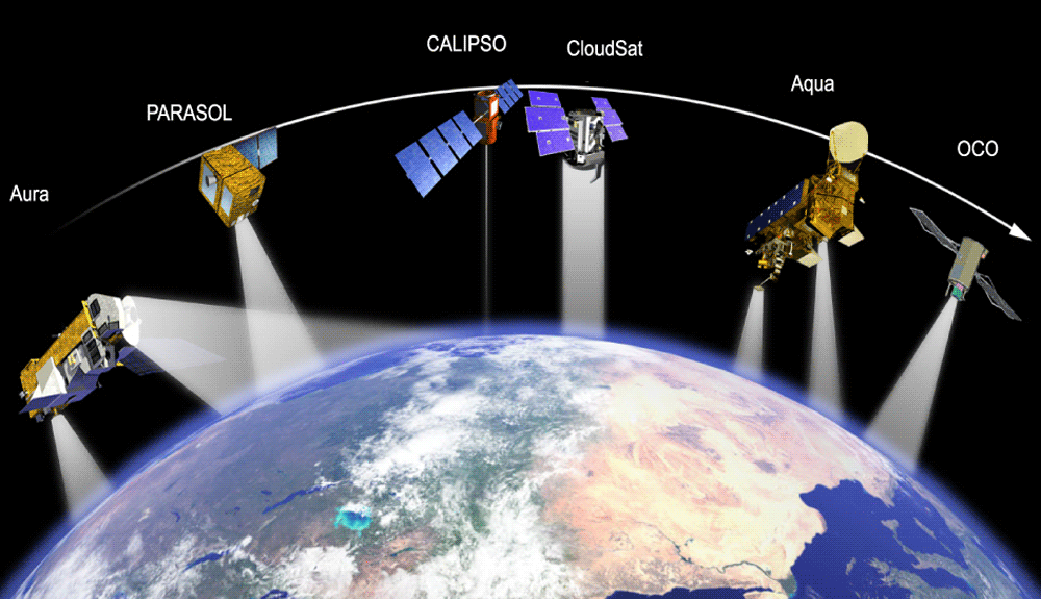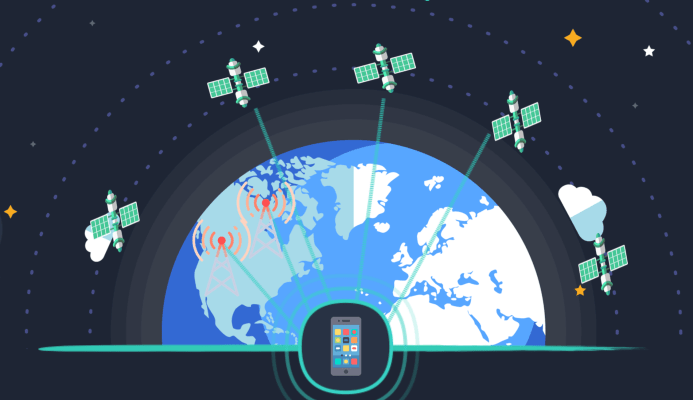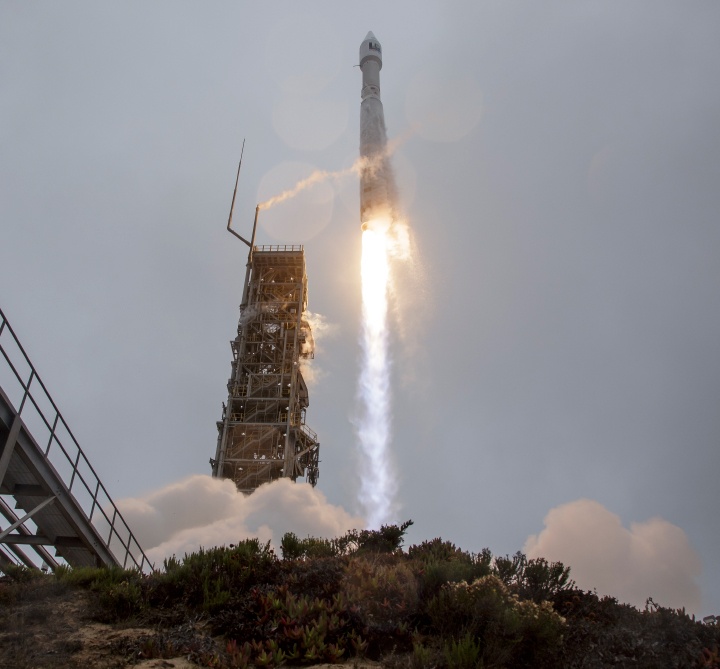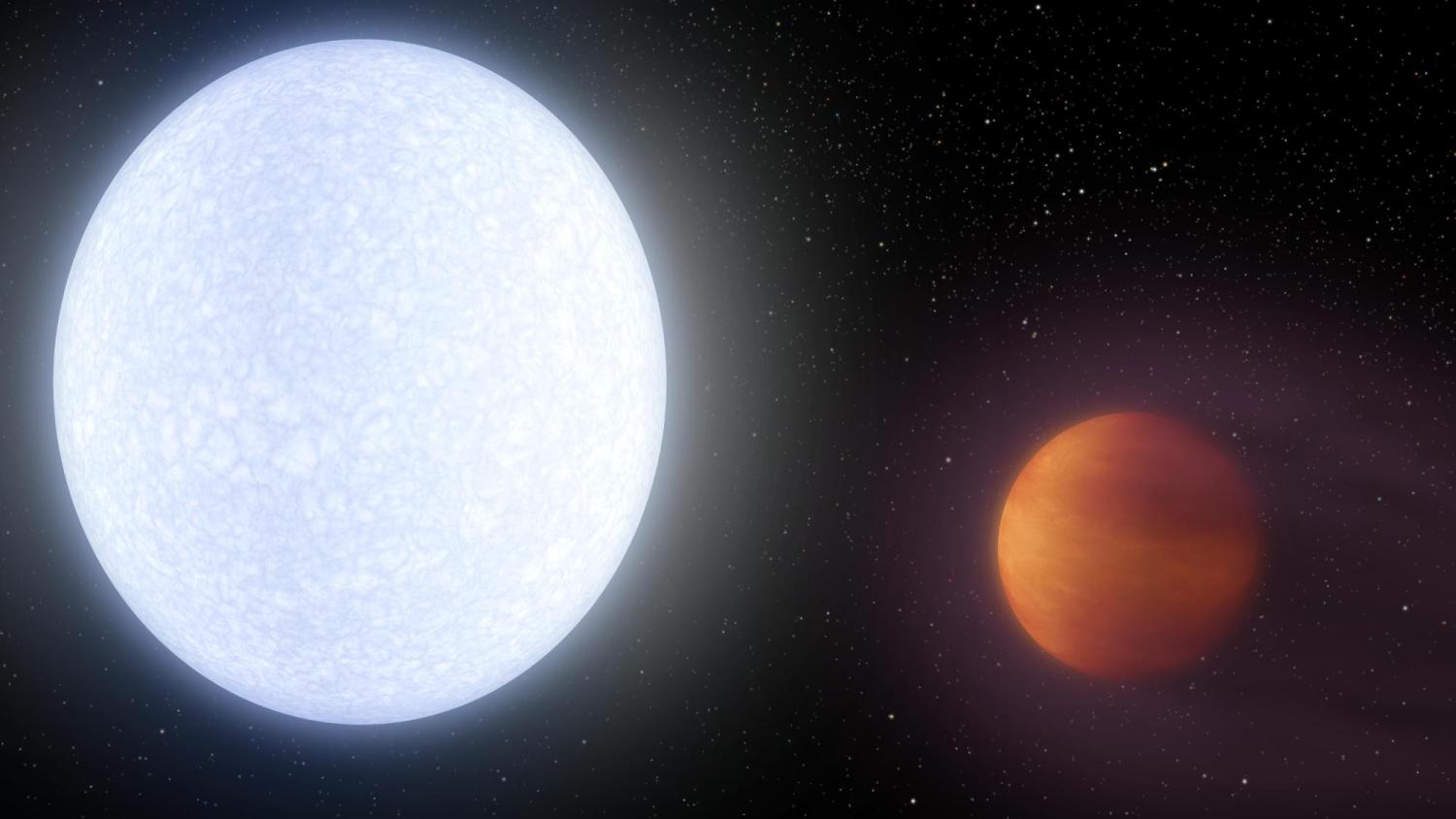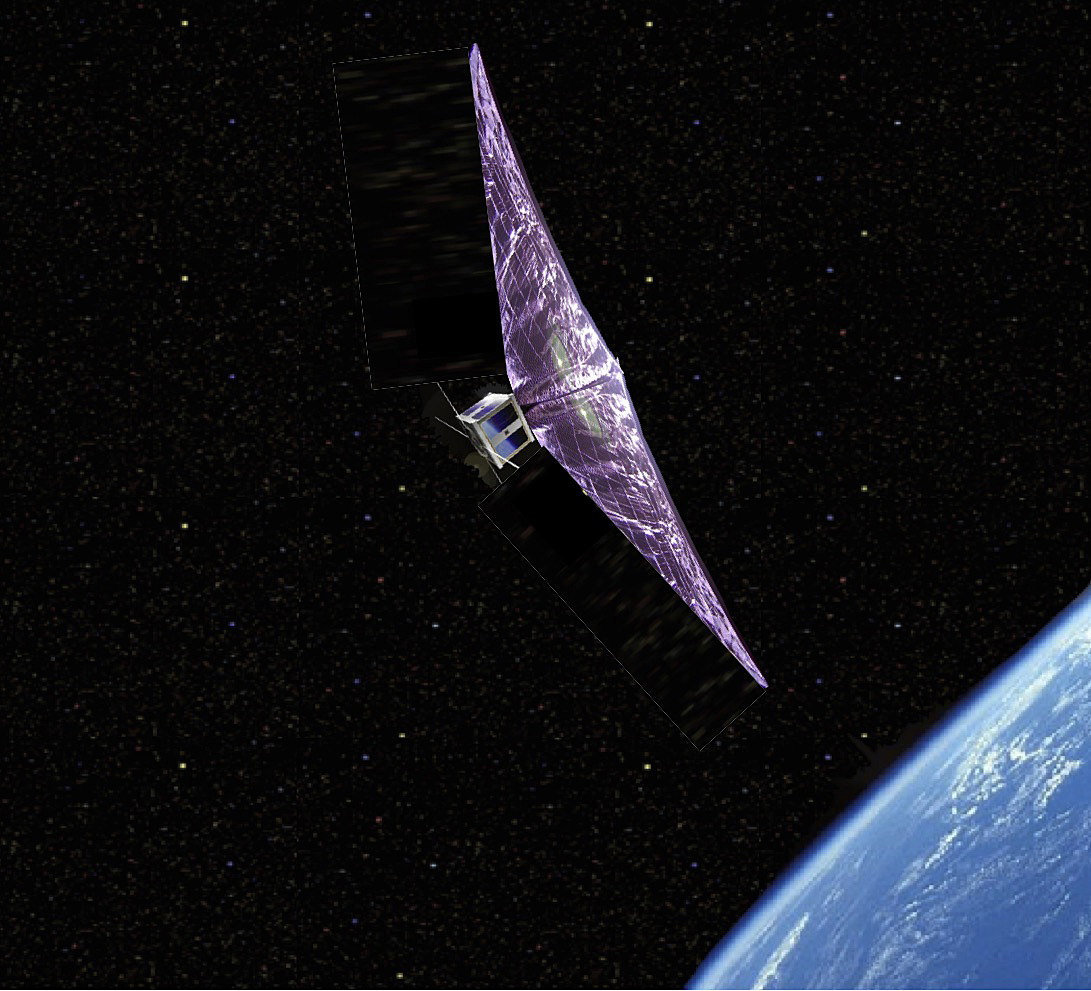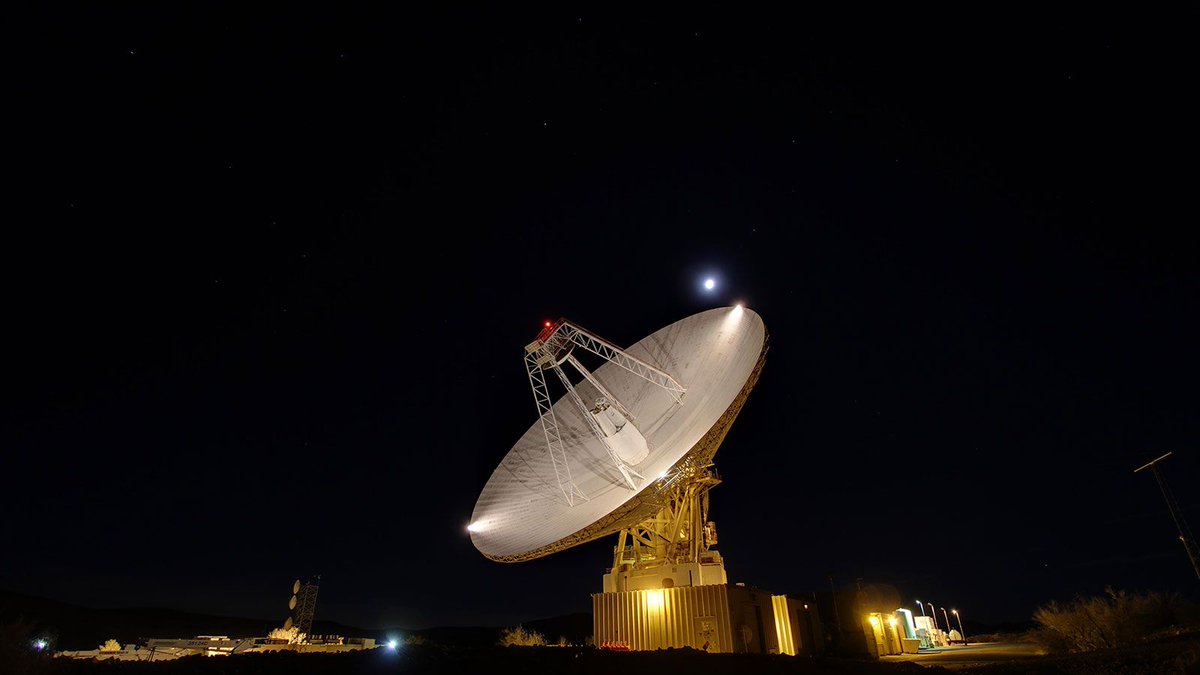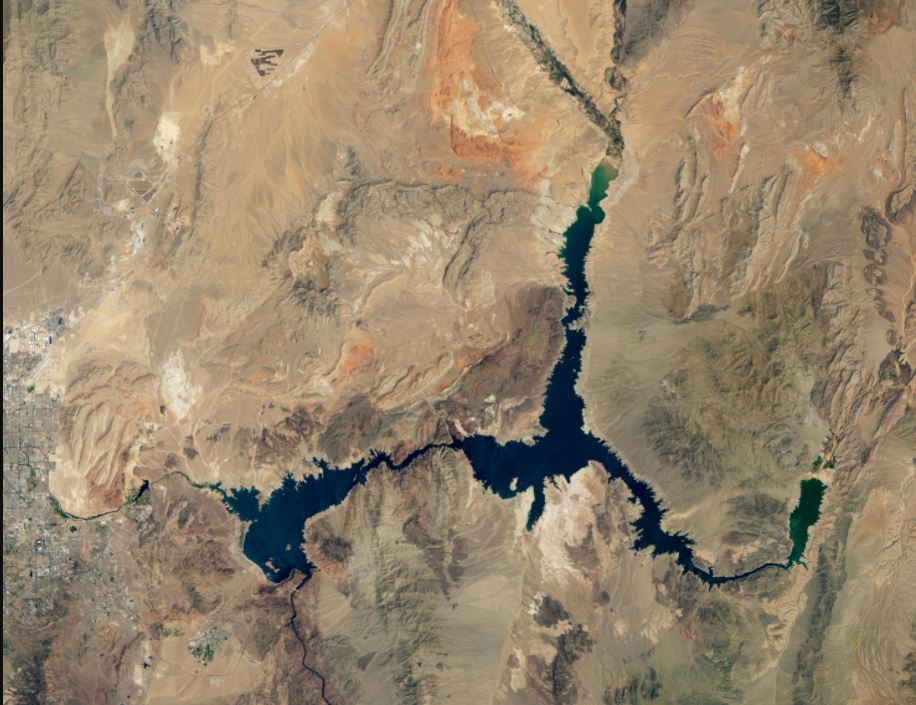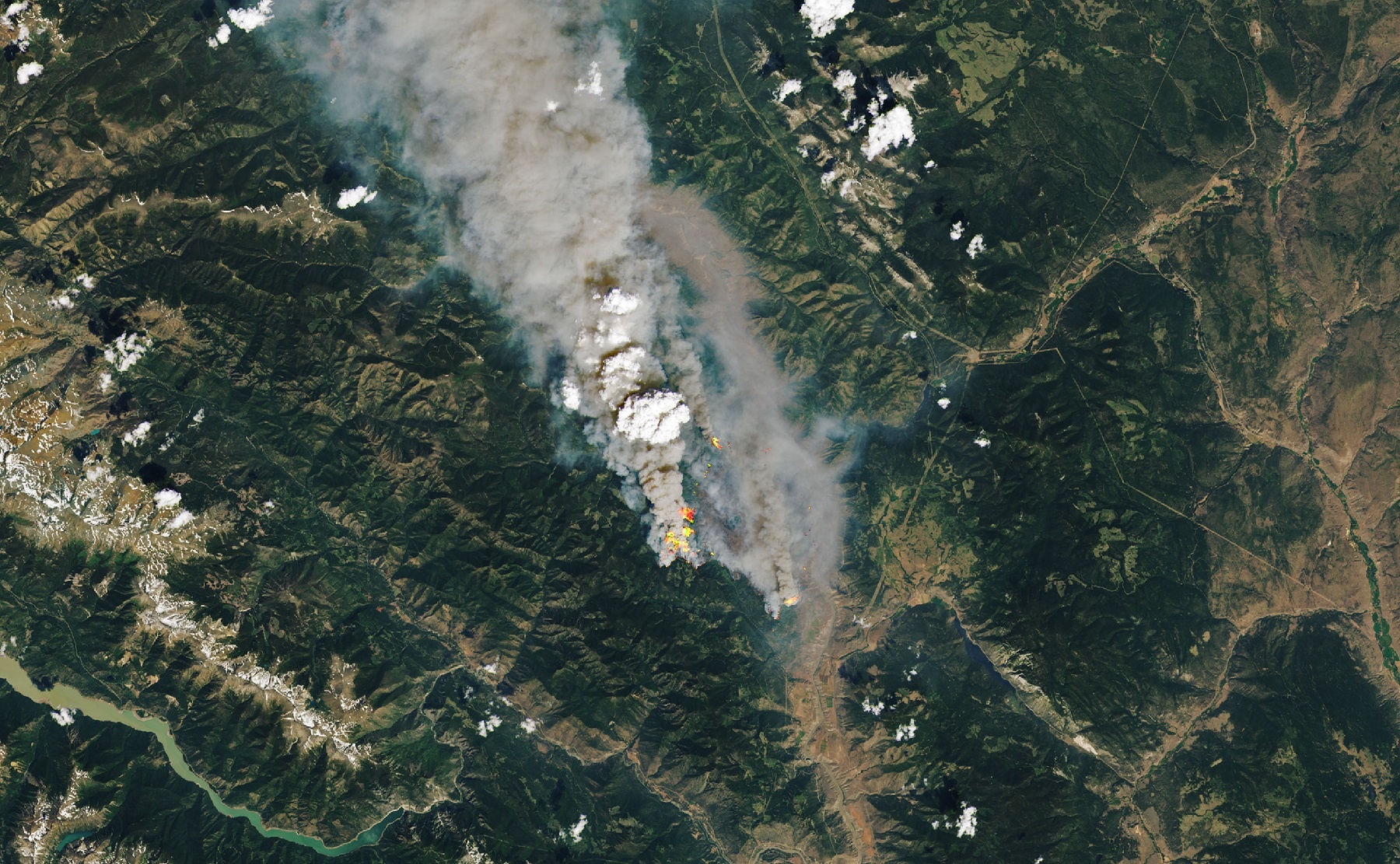Kessler syndrome is becoming more and more of a potential hazard as more and more companies vie to place more and more satellites in Low Earth Orbit (LEO). But it will only get out of hand if a chain reaction of collisions happens, which could potentially cause a complete breakdown of orbital infrastructure.
To combat that possibility, satellites currently attempt to dodge any debris that gets anywhere near them. Now, a new paper by Dr. Jonathan Katz of Washington University, St. Louis, proposes a system that can accurately detect whether a piece of debris will impact a satellite and allow the satellite itself to move out of the way only for trash that will actually hit it.
Continue reading “Not Just Sitting Ducks. Maybe Satellites Could Dodge Almost all Space Junk”
